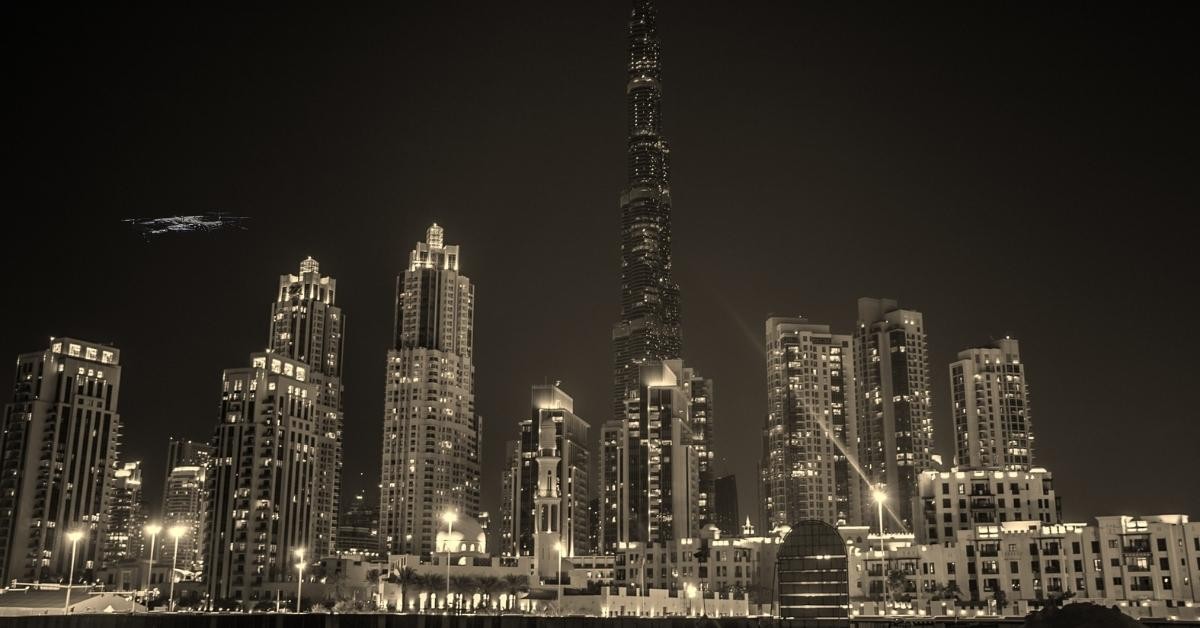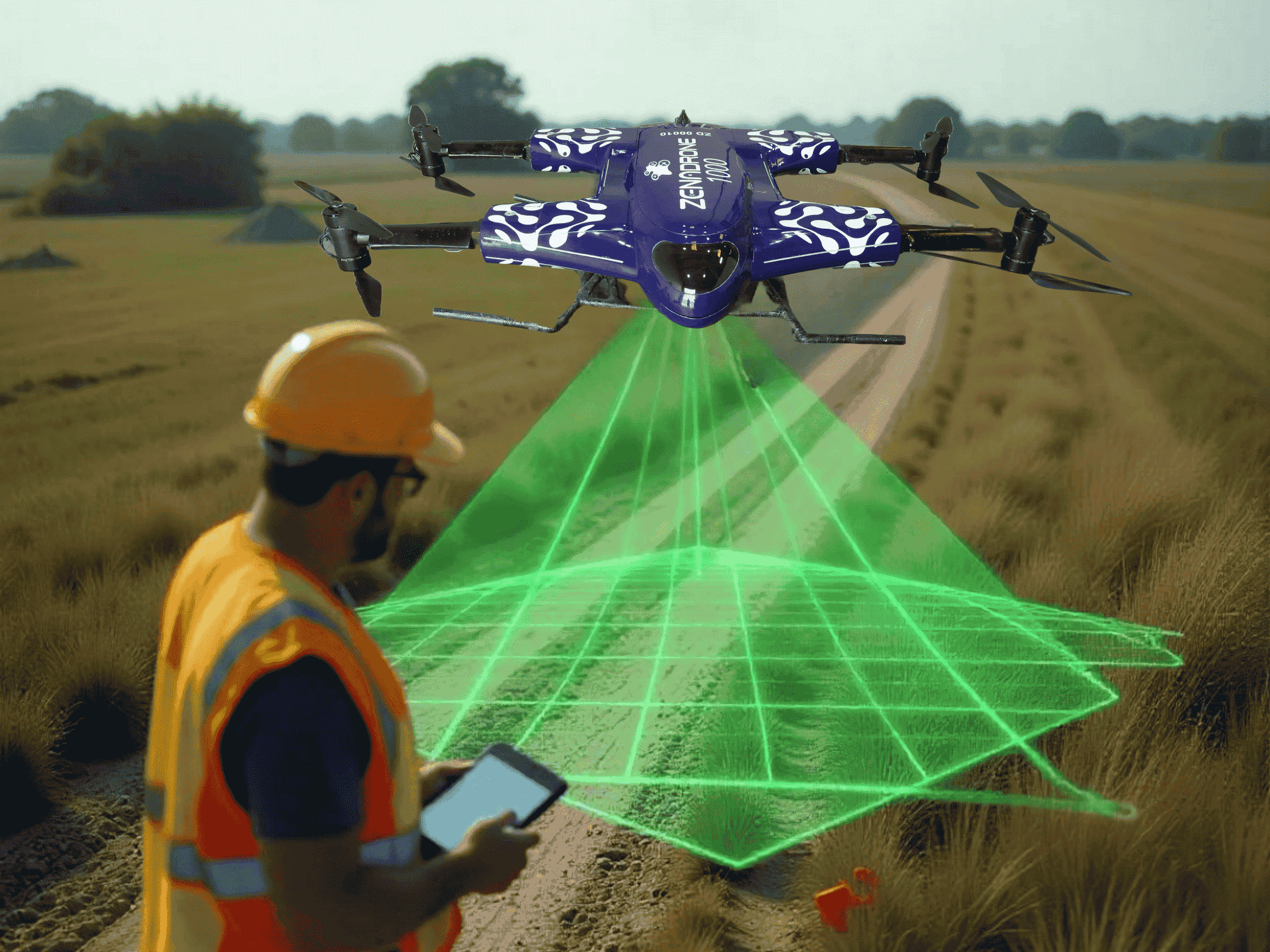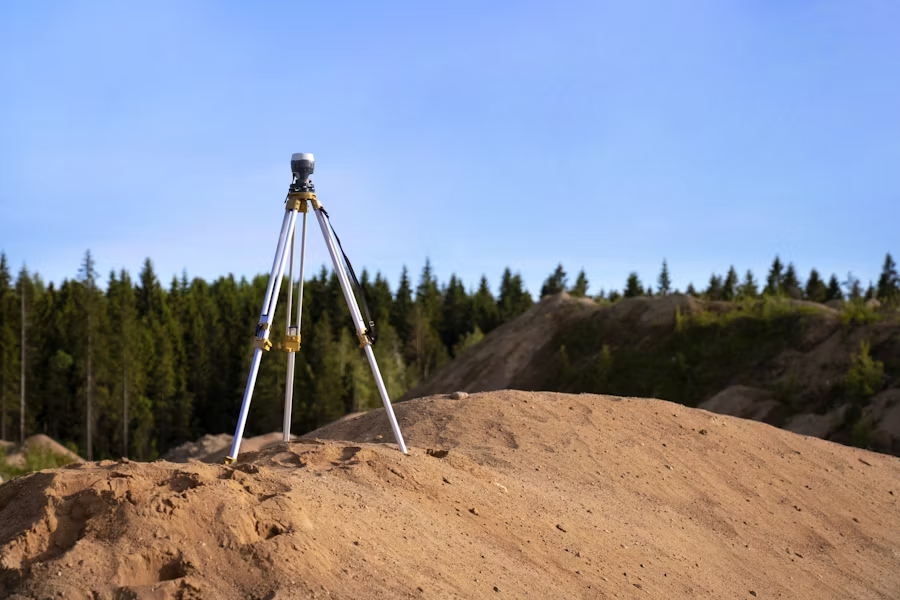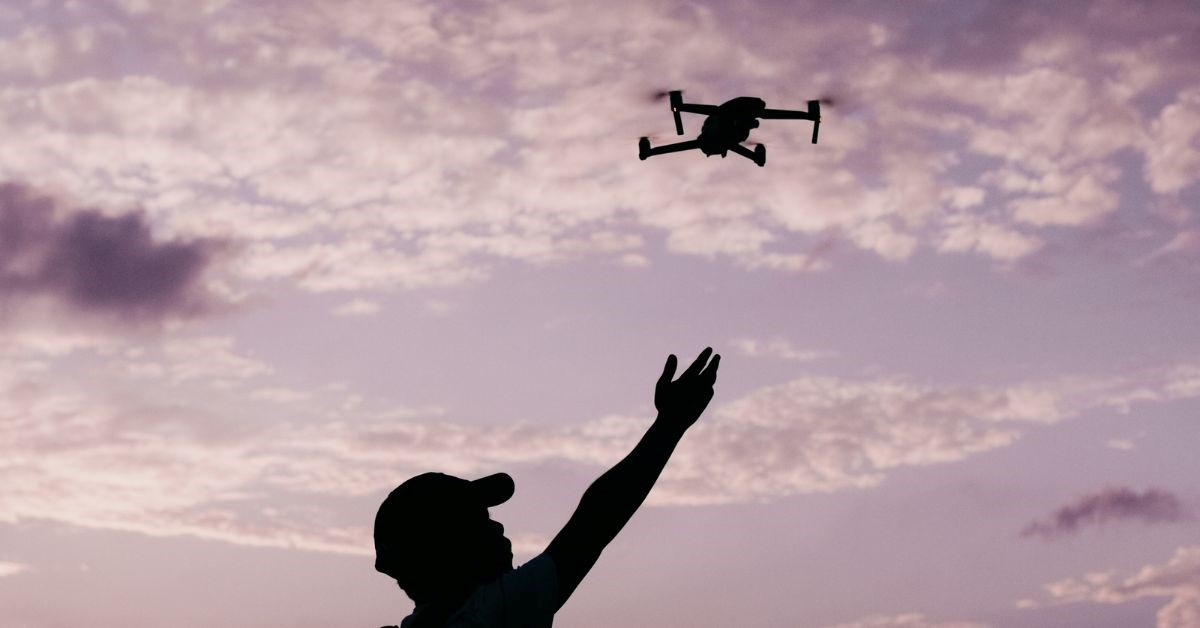Fruit-Picking Drones: Transforming Agriculture with AI-Powered Precision
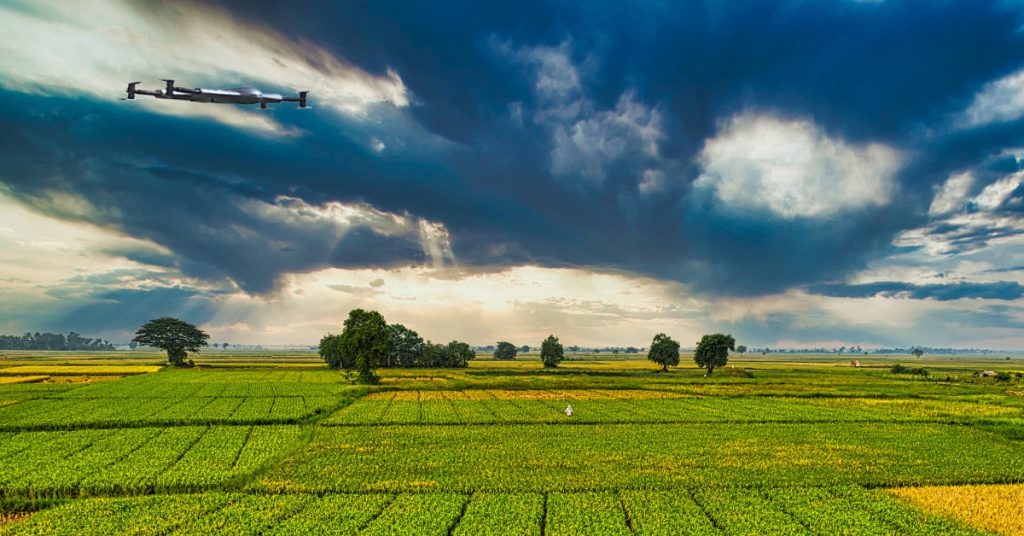
In the rapidly evolving landscape of agriculture, the integration of advanced technologies is redefining traditional farming practices. Among these innovations, fruit-picking drones, particularly those developed by ZenaDrone, are at the forefront, offering transformative solutions that enhance efficiency, precision, and sustainability in fruit cultivation.
The Emergence of Fruit-Picking Drones
Traditional fruit harvesting methods are labor-intensive and often subject to human error, leading to inefficiencies and potential crop losses. ZenaDrone addresses these challenges with its ZenaDrone 1000, an AI-powered drone designed to autonomously identify, monitor, and assist in the harvesting of fruit crops. Equipped with high-resolution 4K cameras and multispectral sensors, the drone can assess crop health, detect ripeness, and identify areas affected by pests or diseases, enabling timely interventions and optimized harvesting schedules.
Enhancing Crop Monitoring and Management
The ZenaDrone 1000’s advanced imaging capabilities allow for comprehensive crop monitoring. By capturing detailed aerial imagery, farmers can gain insights into plant health, soil conditions, and irrigation needs. The drone’s AI algorithms analyze this data in real-time, facilitating precise application of water, fertilizers, and pesticides, thereby reducing waste and environmental impact.
Precision Agriculture and Resource Optimization
Precision agriculture relies on accurate data to make informed decisions. ZenaDrone’s technology enables farmers to implement site-specific management practices, optimizing resource use and enhancing crop yields. For instance, the drone can identify specific areas within a field that require attention, allowing for targeted treatments and reducing the overall use of agrochemicals.
Sustainable Farming Practices
Sustainability is a critical concern in modern agriculture. By minimizing the overuse of chemicals and optimizing water usage, ZenaDrone contributes to environmentally friendly farming practices. The drone’s ability to monitor crop health and detect issues early helps prevent large-scale infestations and diseases, reducing the need for extensive chemical interventions.
Integration with Farm Management Systems
ZenaDrone’s compatibility with existing farm management systems allows for seamless integration into current agricultural operations. The data collected by the drone can be used to generate detailed reports and maps, aiding in planning and decision-making processes. This integration enhances the overall efficiency and productivity of farming activities.
Addressing Labor Shortages
Labor shortages are a growing concern in the agricultural sector. The automation capabilities of fruit-picking drones alleviate this issue by performing tasks that would otherwise require significant human labor. This not only reduces labor costs but also ensures that harvesting can be carried out promptly, preserving the quality and market value of the produce.
Future Prospects and Innovations
The continuous advancement of drone technology promises further enhancements in agricultural practices. Future developments may include improved AI algorithms for better decision-making, enhanced sensor technologies for more accurate data collection, and expanded functionalities such as automated planting and soil analysis. These innovations will further solidify the role of drones in achieving sustainable and efficient agriculture
Conclusion
ZenaDrone’s fruit-picking drones represent a significant leap forward in agricultural technology. By integrating AI, advanced sensors, and automation, these drones offer solutions to some of the most pressing challenges in fruit cultivation, including labor shortages, resource optimization, and sustainable farming practices. As the agricultural industry continues to embrace technological advancements, tools like the ZenaDrone 1000 will be instrumental in shaping the future of farming
Contact Us
Thank you for your message. It has been sent.
Latest Posts
Social Profiles






